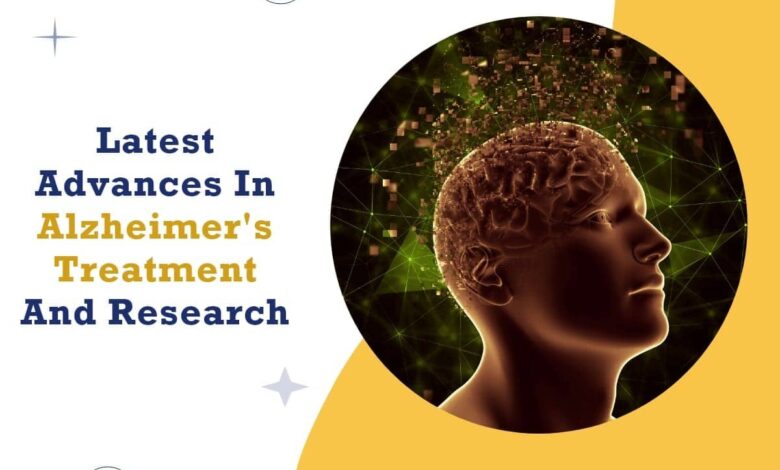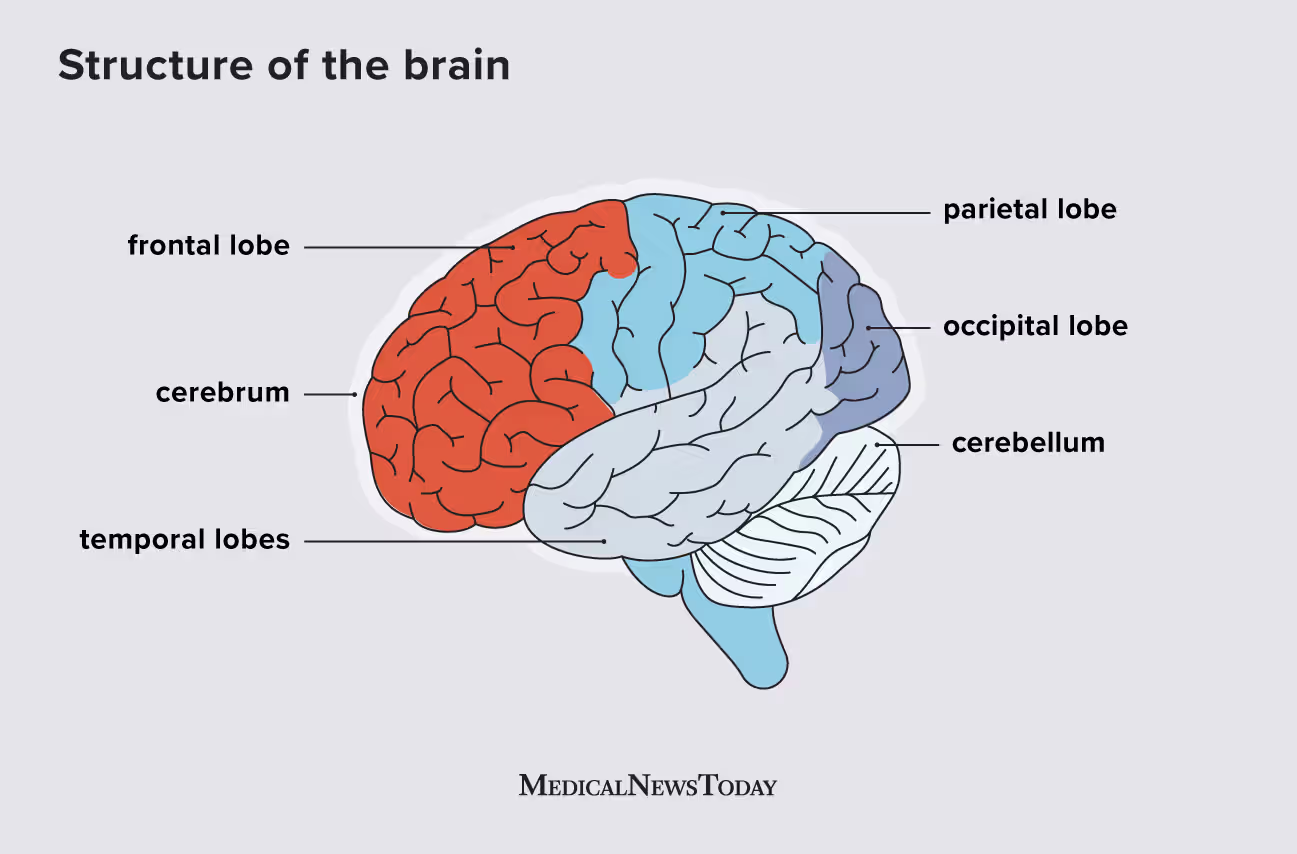Advances in Alzheimer’s Disease Research: Clean-Up Mechanisms, Microglia, Immunotherapy
Explore the latest breakthroughs in Alzheimer's disease research, including molecular clean-up mechanisms, microglia mobilization, and immunotherapy. Learn about amyloid plaques, tau tangles, and innovative diagnostic approaches in this comprehensive overview.


Molecular Clean-Up Mechanism Removes Plaques in Alzheimer’s Disease
Alzheimer’s disease is a progressive neurodegenerative disorder characterized by cognitive decline, memory loss, and behavioral changes. One of the key pathological features of Alzheimer’s disease is the accumulation of amyloid-beta plaques in the brain. These plaques are aggregates of amyloid-beta protein that form between neurons and disrupt cell-to-cell communication.
Recent research has shed light on a molecular clean-up mechanism that can help remove these plaques from the brain. Scientists have identified certain enzymes, such as insulin-degrading enzyme (IDE), that can degrade amyloid-beta protein and potentially slow down or even reverse the progression of the disease.
Additionally, the role of autophagy (the process by which cells remove damaged or unnecessary components) in clearing amyloid-beta plaques has been explored. Autophagy-related proteins play a key role in this process, and targeting these proteins could lead to new therapeutic strategies for Alzheimer’s disease.
Mobilizing Microglia in the Fight Against Alzheimer’s Disease


Microglia are the resident immune cells of the central nervous system and play a crucial role in maintaining brain health. In Alzheimer’s disease, microglia are known to become overactivated, leading to neuroinflammation and further damage to brain tissue.
However, mobilizing microglia effectively can be beneficial in clearing amyloid-beta plaques and tau tangles. Research has shown that specific drugs or molecules can regulate microglial activity, encouraging them to adopt a more protective and anti-inflammatory phenotype.
For instance, TREM2 is a receptor found on microglia that plays a key role in their activation and function. Targeting TREM2 to enhance microglial clearance of amyloid-beta plaques is a promising area of research that could lead to new treatments for Alzheimer’s disease.
Immunotherapy Shows Promising Role Against Alzheimer’s Disease


Immunotherapy has emerged as a promising approach to combat Alzheimer’s disease. This therapeutic strategy involves using the immune system to target and remove amyloid-beta plaques and tau tangles from the brain.
Monoclonal antibodies that target amyloid-beta are being developed and tested in clinical trials. These antibodies bind to amyloid-beta protein and facilitate its clearance by the immune system. Some recent trials have shown positive results, with reductions in amyloid-beta plaques and improvements in cognitive function in some patients.
Another approach involves the use of vaccines to stimulate the immune system to produce its own antibodies against amyloid-beta. While there have been challenges in developing safe and effective vaccines for Alzheimer’s disease, ongoing research continues to explore this potential therapeutic avenue.
What Does the Frontal Lobe Control?


The frontal lobe is a major region of the brain responsible for a wide range of functions, including:
- Executive functions: Planning, decision-making, problem-solving, and judgment.
- Motor control: Initiating and controlling voluntary movements.
- Speech production: The Broca’s area in the frontal lobe is involved in speech production.
- Personality and behavior: The frontal lobe influences personality traits and behavior regulation.
- Working memory: Short-term memory and cognitive flexibility.
Damage to the frontal lobe can result in various cognitive and behavioral impairments, affecting a person’s ability to perform daily tasks and interact socially.
Prion Diseases
Prion diseases, also known as transmissible spongiform encephalopathies, are a group of rare and fatal neurodegenerative disorders caused by abnormally folded proteins called prions. These diseases can affect both humans and animals.
Common prion diseases include:
- Creutzfeldt-Jakob disease (CJD): A rapid and progressive neurological disorder in humans.
- Bovine spongiform encephalopathy (BSE): Also known as “mad cow disease,” it affects cattle and can be transmitted to humans through contaminated beef products.
- Scrapie: Affects sheep and goats, causing severe neurological symptoms.
Prion diseases are characterized by the accumulation of misfolded proteins in the brain, leading to spongy degeneration and subsequent cognitive and motor impairments. There is currently no cure for prion diseases, and treatments focus on managing symptoms.
What is the Most Common Cause of Dementia?
The most common cause of dementia is Alzheimer’s disease. It accounts for approximately 60-80% of all dementia cases. Alzheimer’s disease is characterized by the accumulation of amyloid-beta plaques and tau tangles in the brain, leading to progressive cognitive decline.
Other causes of dementia include:
- Vascular dementia: Caused by impaired blood flow to the brain, often due to strokes or other vascular conditions.
- Lewy body dementia: Characterized by the presence of abnormal protein deposits (Lewy bodies) in the brain.
- Frontotemporal dementia: A group of disorders that primarily affect the frontal and temporal lobes of the brain.
While Alzheimer’s disease is the most common cause of dementia, each type has its own distinct features and requires different approaches to diagnosis and treatment.
Alzheimer’s Disease Cause
The exact cause of Alzheimer’s disease is not fully understood, but several factors are known to contribute to its development:
- Genetics: Certain genetic mutations and risk factors, such as the APOE ε4 allele, increase the risk of developing Alzheimer’s disease.
- Age: The risk of Alzheimer’s disease increases with age, especially after the age of 65.
- Lifestyle and environmental factors: Poor diet, lack of physical exercise, and exposure to toxins may increase the risk.
- Brain changes: The accumulation of amyloid-beta plaques and tau tangles in the brain disrupts normal cell function and communication.
While these factors contribute to the risk of developing Alzheimer’s disease, the exact interplay between them is still under investigation.
Amyloid Plaques and Tau Tangles
Amyloid plaques and tau tangles are the two hallmark pathological features of Alzheimer’s disease:
- Amyloid plaques: These are deposits of amyloid-beta protein that accumulate between neurons in the brain. They disrupt cell-to-cell communication and trigger inflammatory responses, leading to neuronal damage and death.
- Tau tangles: Tau is a protein that helps stabilize microtubules in neurons. In Alzheimer’s disease, tau becomes abnormally phosphorylated and forms tangles inside neurons, disrupting their function and leading to cell death.
The interplay between amyloid plaques and tau tangles contributes to the progressive cognitive decline seen in Alzheimer’s disease.
Amyloid Beta Plaques
Amyloid-beta plaques are aggregates of amyloid-beta protein that accumulate between neurons in the brain. They are a key pathological feature of Alzheimer’s disease and are believed to play a central role in its progression.
Amyloid-beta is produced from the cleavage of amyloid precursor protein (APP) by enzymes called secretases. In a healthy brain, amyloid-beta is cleared efficiently. However, in Alzheimer’s disease, this clearance process is disrupted, leading to the accumulation of amyloid-beta plaques.
The presence of amyloid-beta plaques is associated with neuronal damage, inflammation, and cognitive decline. Targeting amyloid-beta plaques for removal is a major focus of Alzheimer’s disease research and potential therapeutic approaches.
How Is Alzheimer’s Disease Diagnosed Definitively?
Alzheimer’s disease is definitively diagnosed through a combination of clinical evaluation and post-mortem examination:
- Clinical evaluation: A thorough medical history, cognitive tests, imaging studies (such as MRI or PET scans), and laboratory tests are used to assess cognitive function and rule out other causes of dementia.
- Biomarkers: Levels of amyloid-beta and tau proteins in cerebrospinal fluid or PET scans may be used to support a diagnosis.
- Post-mortem examination: The definitive diagnosis of Alzheimer’s disease is confirmed through an autopsy, where the brain is examined for the presence of amyloid-beta plaques and tau tangles.
While definitive diagnosis is confirmed post-mortem, advances in imaging and biomarker research have made it possible to diagnose Alzheimer’s disease with a high degree of accuracy during a patient’s lifetime.
Disclaimer: The data provided in this article is collected from multiple sources and has been researched and compiled to be easy to read and understand. However, we do not take any responsibility for the accuracy or completeness of the information. Please consult professional medical advice for specific concerns regarding Alzheimer’s disease and related topics.







